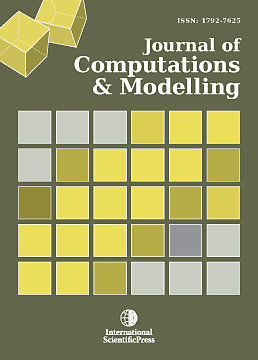Journal of Computations & Modelling
Multivariate Statistical Analysis of Gongola Basin Residual Gravity Anomalies for Hydrocarbon Exploration
-
 [ Download ]
[ Download ]
- Times downloaded: 11194
-
Abstract
An efficient treatment of the gravitational inverse problem is possible if an optimization method is applied in the determination of the residual field. An optimal residual model should adapt to the observed gravity field data in the best possible way and take into account the geology of the area. Three polynomial functional models of the first and second degree in one and two variables were used in the computation of the regional anomaly which was separated from the Bouguer gravity anomaly to obtain the residual vector. The polynomial fittings were applied from two options; firstly to the individual Bouguer gravity anomaly profiles and secondly to the entire network of points within the basin. The linearization of the models yielded a set of linear equations which were solved by method of least squares adjustment. Applications of multivariate statistics in analyzing the results obtained from the least squares adjustment in terms of multivariate confidence intervals (MCI), null hypothesis test and correlation coefficients were carried out to determine the model that is most suitable for basin analysis. The quadratic polynomial model as applied to the individual profiles was found have the least sum of squares of residuals and va/riances. Its correlation coefficient is also higher than that obtained in the other models applied in the two options. The null hypotheses were not rejected at 5% significant level. The quadratic model is considered the most suitable for basin analysis in terms of hydrocarbon exploration.
